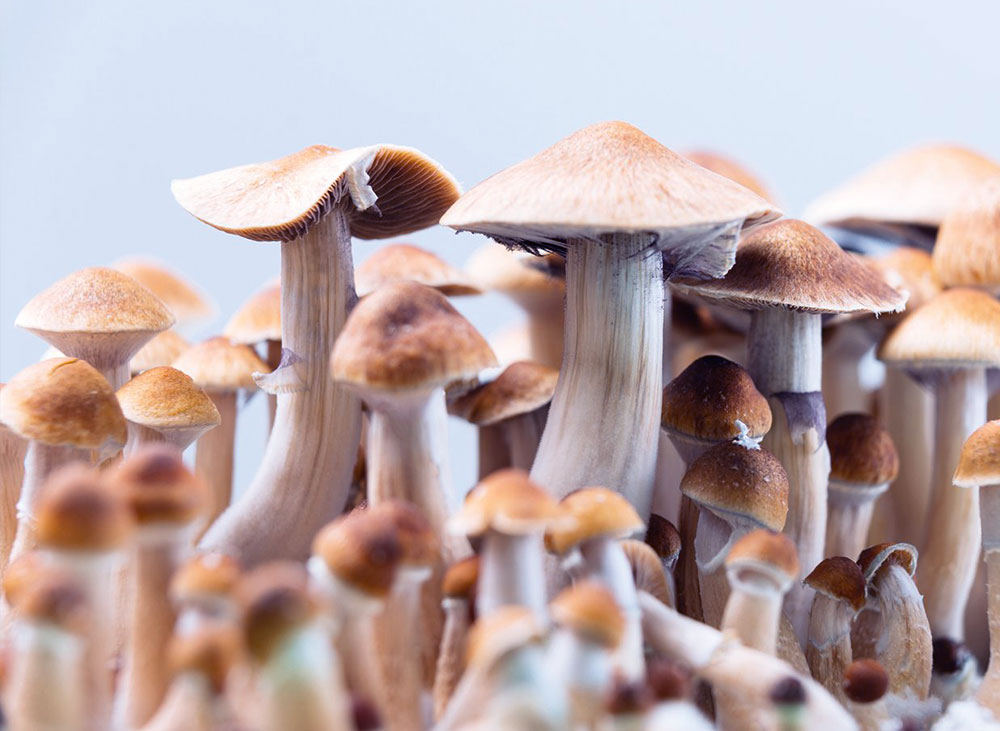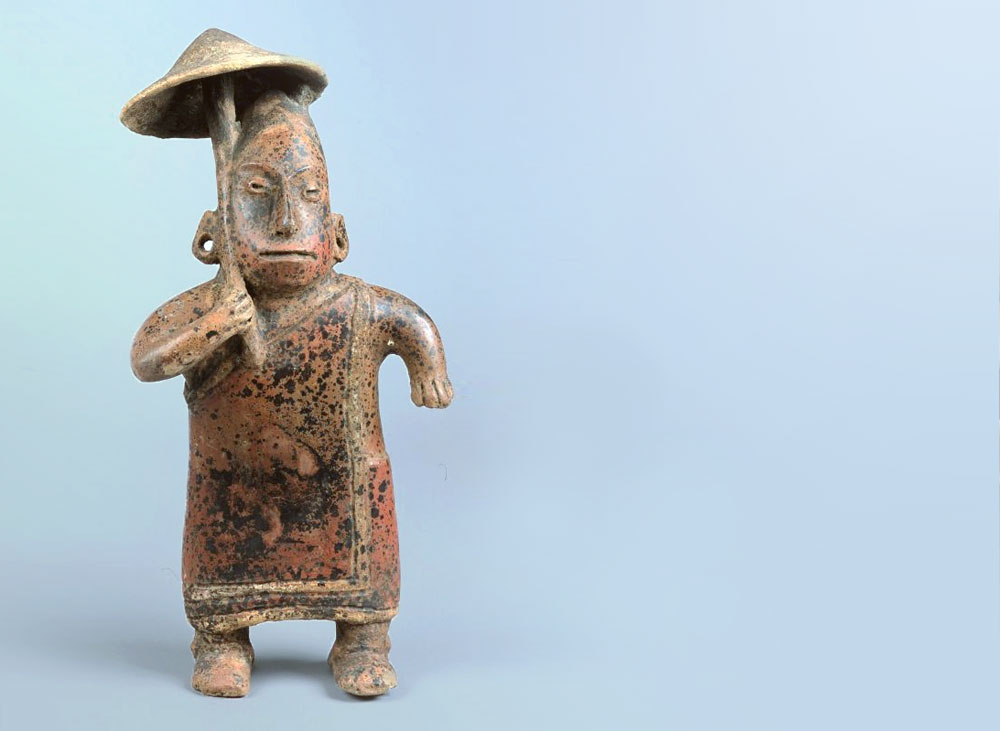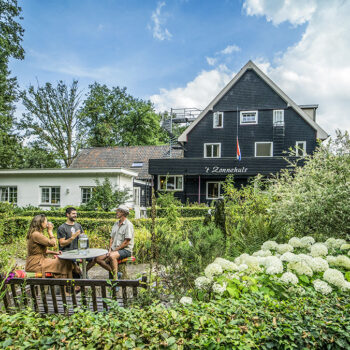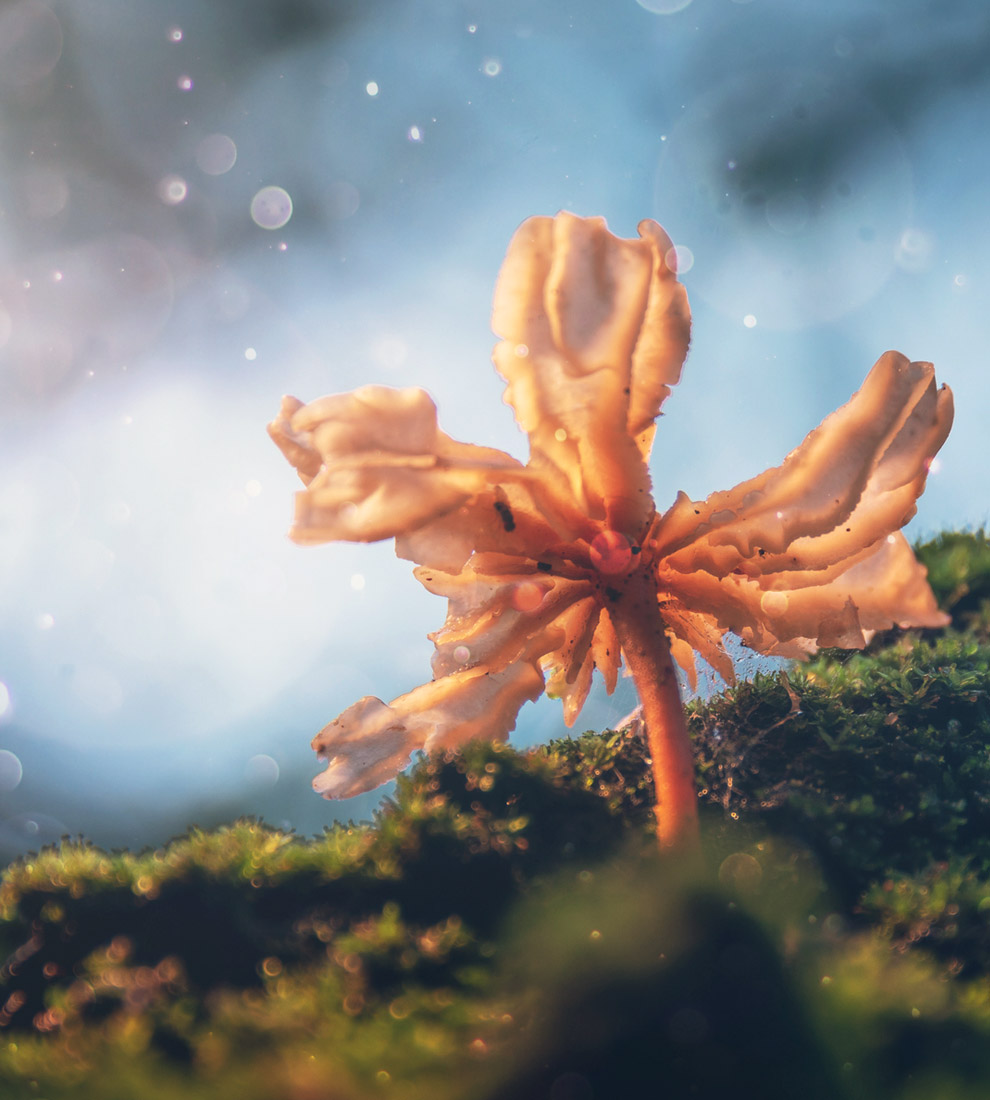Psilocybin
A molecule with magic effects?
Psilocybin retreats are very popular right now. But what exactly is psilocybin?
This naturally-occurring molecule can be found in many species of mushroom (fungus). For more than 9,000 years, humans have made use of certain mushrooms for their psychoactive properties, sending them on psychedelic journeys. Magic mushroom ceremonies have therefore existed for a very long time.
But there’s nothing magic about that… In fact, psilocybin simply acts on serotonin receptors in the brain.





